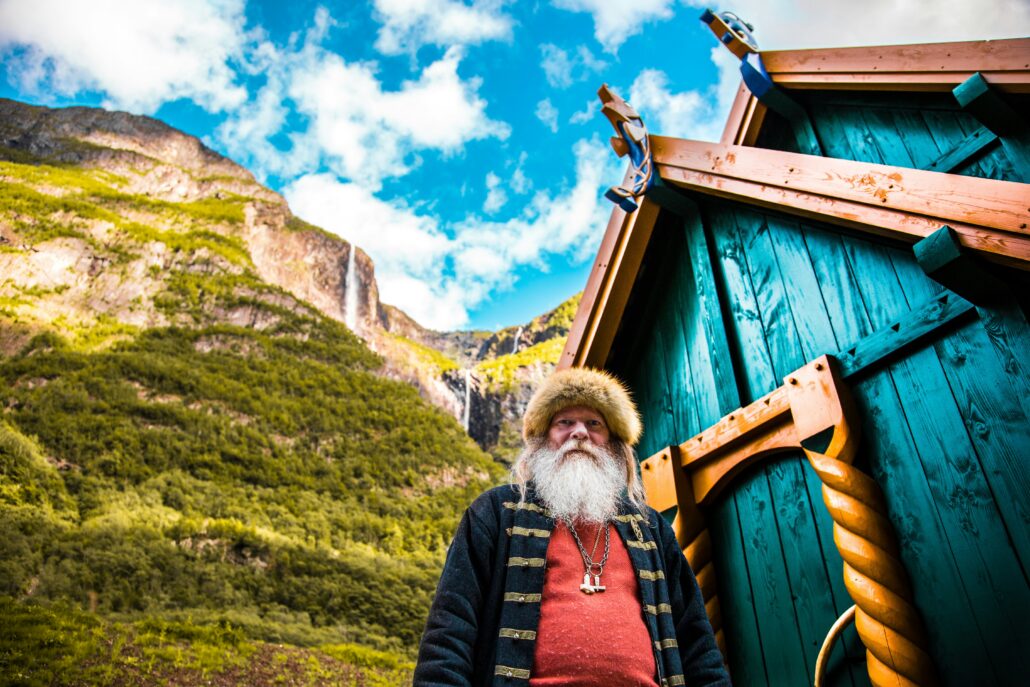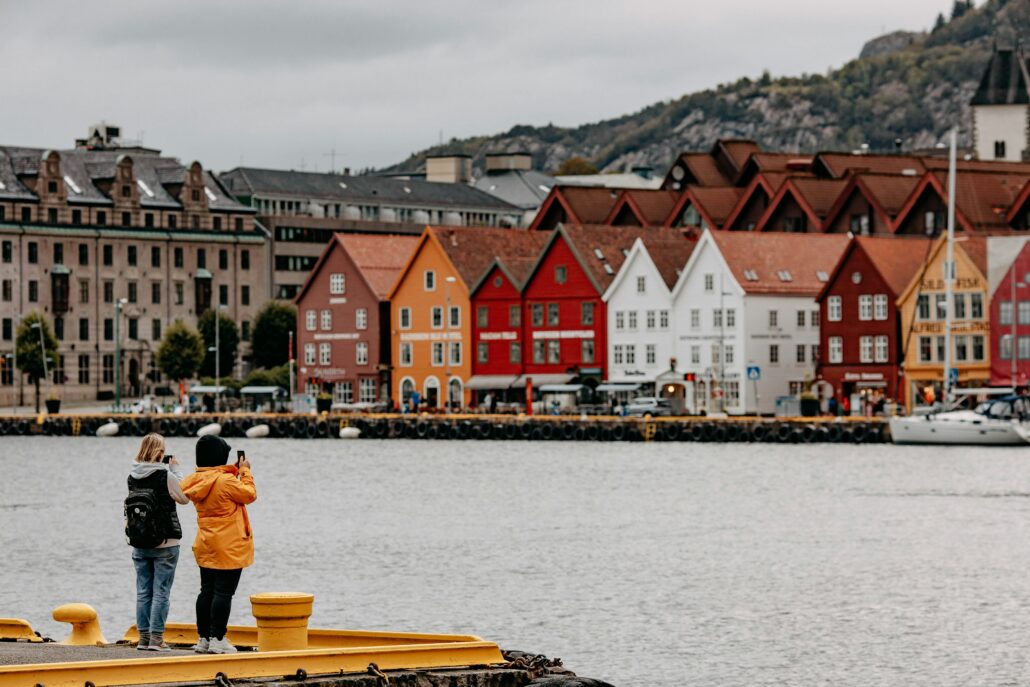Heritage Trips to Norway: Explore Scandinavian Culture and History
The following two tabs change content below.


Our mission is to continuously grow through innovation and dedication to excellence-one relationship, one destination, one reservation at a time.
Latest posts by TVL Leaders (see all)
- Goway Travel: Tailored Small Group Adventures Worldwide - July 26, 2024
- Hot Summer Deals with Norwegian Cruise Line - July 26, 2024
- Ultimate Guide to World Cruising - July 26, 2024











